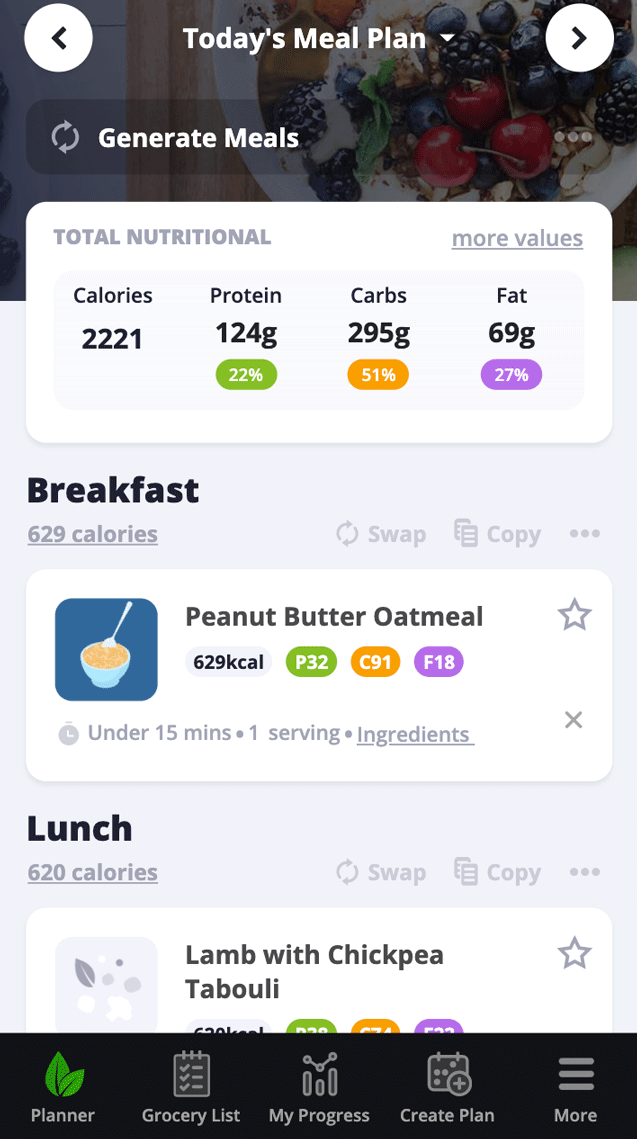What Is HIIT And Is It For Me?
More and more research comes out regarding the powerful benefits of HIIT. We are going to discuss what it is and whether it is right for you.
One of the most popular styles of working out, HIIT tops the fitness list of the American College of Sport’s Medicine and for a great reason. High-intensity interval training is remarkable for its time-saving workouts with astonishingly effective results. HIIT features the short bursts of heart-pumping, super-intense movements, such as jumping jacks, burpees, or sprints, and allows you to get a full-body workout in a ridiculously short period of time - in average 10 to 20 minutes.
HIIT is time-efficient; it perfectly works without any equipment, letting you work out hard regardless of your location – whether it’s a hotel room, your tiny office, or outside in a park. Only a couple of HIIT sessions a week can already help you get leaner and stronger than if you only performed low-intensity steady-state cardio.
Read on to find out the health benefits of HIIT and how you can incorporate it into your busy schedule.
What are the best benefits of HIIT?
Despite being a short workout, HIIT provides your body with incredible health benefits similar to those moderate-intensity workouts have to offer. Check out some of the best health reasons to try high-intensity interval training:
1. Reduce blood sugar
A study revealed that HIIT can aid in lowering blood sugar levels. Moreover, HIIT improves insulin resistance and decreases the risk for type 2 diabetes. Diabetic people can also benefit from high-intensity interval training.
2. Keep your heart healthy
HIIT can help to reduce heart rate and blood pressure, helping you maintain a healthy heart and lower your risk of cardiovascular diseases. One scientific review also showed that overweight and obese people who tend to suffer from high blood pressure can also reduce it with the help of HIIT.
3. Preserve/gain muscle mass
Whilst HIIT isn't going to help you put on the same amount of muscle as doing a weight session, it still can have positive effects on muscle growth and at the very least helps preserve lean body mass whilst dieting.
4. Burn fat
High-intensity intervals can stimulate fat loss similar to regular endurance workouts, even with such a small time and effort commitment. However, it is important to understand that you still need to be in a calorie deficit in order to sustain weight loss.
5. Speed up your metabolic rate
Because of the intensity of the exercise, HIIT can boost your metabolic rate for hours after workout. This means, you will keep burning more additional calories even after training. Moreover, a group of researchers have found that HIIT helps to burn a lot more calories (25-30%) than the other forms of training.
Is HIIT for you?
1. Do you work on a time-constrained schedule and need to make your workouts as efficient as possible?
2. If you don't have money or time for a gym membership and equipment and you want to get in shape, build your strength and endurance then HIIT is ideal as it can be performed anywhere.
3. Does high intensity exercise fit your personality? The most important thing is picking a workout schedule and sticking to it. If you dread the thought of doing HIIT sessions then you can always try just doing regular cardiovascular exercise- you will still make plenty of progress!
4. Try it and find out! Try incorporating HIIT into your fitness regime and see after 4 weeks if you are beginning to make some improvements
* If you have a medical condition you should definitely seek clearance first.
How to get started with HIIT training
If you're sure that high-intensity interval training is for you, it's time to think about the ways to perform it. Start with choosing your activity like jumping, running, biking, etc. Experiment with various durations of training and recovery, or see how long you're doing intense workouts and how long it takes for you to recover.
Check out several simple HIIT workouts to help you get started:
- Do squat jumps as fast as you can for 30 to 90 seconds. Walk or stand for 30 to 90 seconds. Do a few reps for 10 to 20 minutes.
- Jog to warm up and then start sprinting as quickly as possible for 15 seconds. After that, jog or walk at a slow pace for 1 to 2 minutes. Do a few reps for 10 to 20 minutes.
- Use a stationary bike and pedal as fast and hard as you can for 30 seconds. Reduce your pace and pedal at an easy, slow pace for 2 to 4 minutes. Do a few reps for 15 to 30 minutes.
Sure, you can alter any of these examples and create your own HIIT workout routine, so feel free to experiment. There is also no shortage of workout ideas with a quick google search.
Balance is still key, though
While HIIT is an amazing workout, it's critical to not overdo it - especially if you're a beginner or you have never exercised before. You may be going so hard with your HIIT training that injuries or other health issues may pop up. Avoid training each day no matter how much you love it. If you're serious about HIIT workouts and you do want to perform them daily, it's important to understand balance and give your body enough rest, nutrients, and energy to be able to perform your kick-ass HIIT exercises.
Final thoughts
High-intensity interval training is a highly efficient and time-saving way to work out during the week. It's particularly great for people living busy lifestyles or trying to lose weight. When done regularly, HIIT may help you lose more unwanted pounds than you would with other styles of training. Plus, it's a fun way to transform your body no matter where you are and if you have a gym membership or not.



